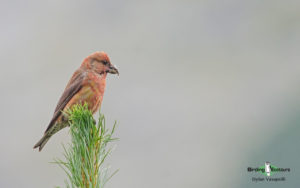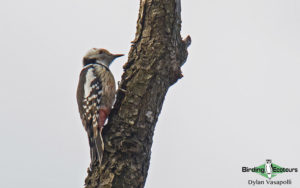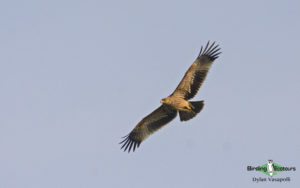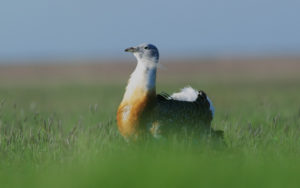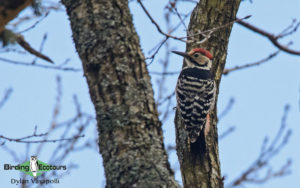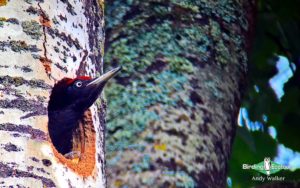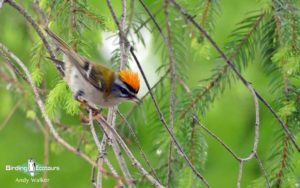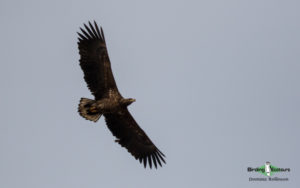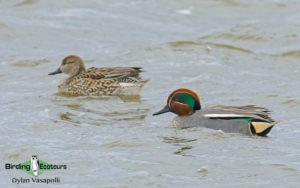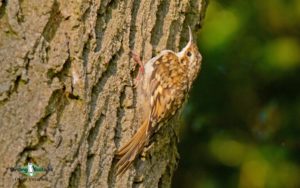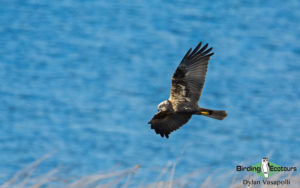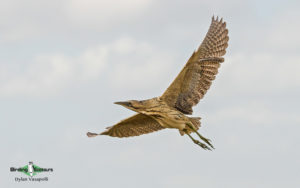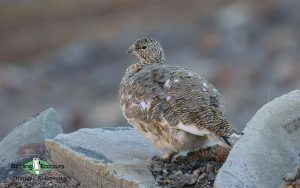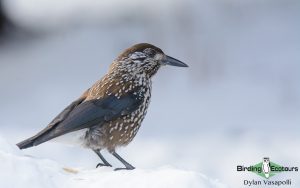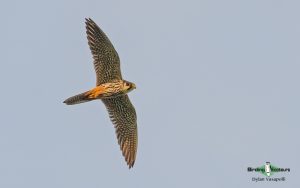Austria Birding Tours
The Republic of Austria (“Austria” hereafter) sits landlocked in central Europe. Its position means that it is bordered by eight other countries: Slovenia, Italy, Switzerland, Liechtenstein, Germany, Czech Republic (Czechia), Slovakia, and Hungary. Austria’s population is currently 8.9 million people. The capital, Vienna, sits in eastern Austria near the border with Slovakia and at the start of the 20th century was the largest German-speaking city on Earth. It is now considered to be the “world’s most livable city” and is home to 1.9 million people.
Austria began as one of the borderlands of the Holy Roman Empire in around 976 AD. From here it grew until it became the heart of the Habsburg Monarchy in the 16th century. By the 19th century Austria had its own empire and following the Austro-Prussian war it combined its power with neighboring Hungary to form the Austro-Hungarian Empire. Austria fought alongside Germany in World War One but was ultimately defeated and in 1919 the first Austrian Republic was born. In 1938 Adolf Hitler, who was born in Austria, successfully merged Austria with Nazi Germany and the two once again fought side by side in World War Two. With the defeat of Nazi Germany in 1945 Austria formed the Second Republic, which has remained to this day.
Its location in the eastern Alps means that much of Austria is high altitude with only 32% of the country below 1,640 feet (500 meters) in altitude. The highest peak in Austria is Großglockner at 12,460 feet (3,798 meters) which sits in the southwest of the country. Austria is also a country of vast forests, made up of broadleaf, conifer, and mixed forestry and these are wonderful birding spots. The largest lake is Lake Neusiedl (Neusiedler See) just to the south of Vienna. The majority of Austria’s climate is alpine in nature but is generally temperate with cold winters and relatively high summer temperatures, considering the mountainous nature of the country.
Read More About Austria
Following International Ornithological Congress (IOC) taxonomy (v10.2 in December 2020) the bird list of Austria is 451 species, with 27 of these being globally threatened. One of Austria’s biggest avian claims to fame is being part of the reintroduction scheme of the Endangered (BirdLife International) Northern Bald Ibis. BirdLife International (and BirdLife Österreich/BirdLife Austria) have identified 56 Important Bird Areas (IBAs), sites having high value to birds, in Austria. Austria has six national parks, almost 60 nature preserves and nature parks, about 535 eBird “hotspots“ for bird-watching, 20 Alpine gardens, and many other opportunities to admire nature in its undisturbed, pristine beauty.
Austria features several key central European bird species including Eastern Imperial Eagle, Golden Eagle, nine European woodpeckers, including White-backed Woodpecker, Great Bustard, Spotted Nutcracker, Collared Flycatcher, and Citril Finch.
Austria is also famous from a birding point of view as it is home to the optics manufacturer, Swarovski.
We are not currently offering scheduled tours to Austria but if you would like a private tour then please get in touch and we would be happy to help build a custom tour with dates to suit you.
